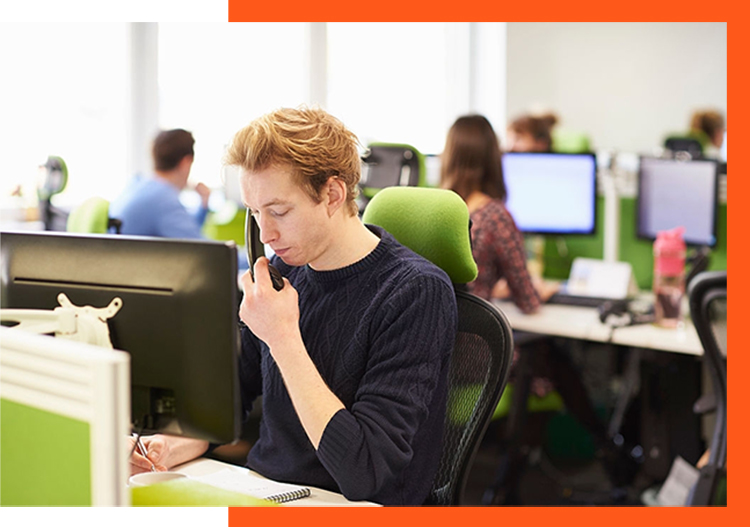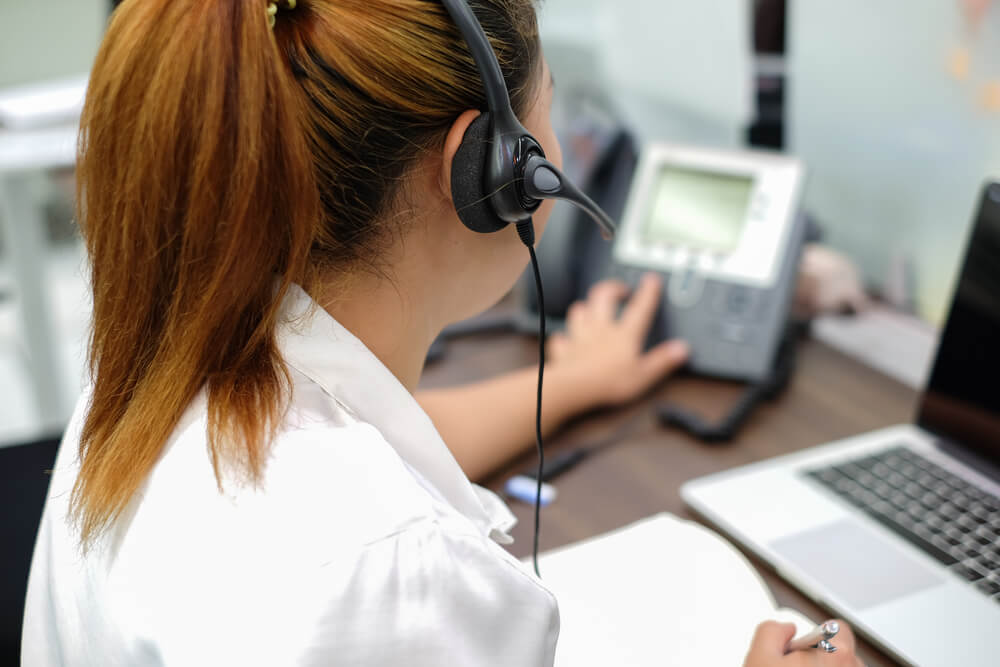All Categories
Featured
Table of Contents
Top What Is An Answering Service? The Ultimate Guide - Cms
This gadget and its followers were designed by Sava Jacobson, an electrical engineer with a private consulting business. While early answering makers utilized magnetic tape innovation, most contemporary devices uses strong state memory storage; some gadgets utilize a combination of both, with a solid-state circuit for the outgoing message and a cassette for the incoming messages.
"toll conserving" listed below) (call answering services). This works if the owner is evaluating calls and does not want to consult with all callers. In any case after going, the calling celebration needs to be informed about the call having actually been answered (in many cases this begins the charging), either by some remark of the operator, or by some welcoming message of the TAD, or dealt with to non-human callers (e.
This holds particularly for the Little bits with digitally kept greeting messages or for earlier machines (prior to the increase of microcassettes) with a special limitless loop tape, different from a second cassette, committed to recording. There have actually been answer-only devices without any recording abilities, where the greeting message needed to notify callers of a state of existing unattainability, or e (phone answering).
What Is The Best What Is An Answering Service? Service In My Area?

about availability hours. In tape-recording Littles the greeting normally includes an invite to leave a message "after the beep". A voice mail that utilizes a microcassette to tape messages On a dual-cassette answerphone, there is an outbound cassette, which after the defined number of rings plays a pre-recorded message to the caller.

Single-cassette voice mail consist of the outgoing message at the beginning of the tape and incoming messages on the remaining area. They first play the statement, then fast-forward to the next offered space for recording, then record the caller's message. If there are numerous previous messages, fast-forwarding through them can cause a substantial delay.
This beep is frequently described in the welcoming message, asking for that the caller leave a message "after the beep". TADs with digital storage for the taped messages do not show this hold-up, of course. A little bit may use a remote control center, where the answerphone owner can ring the home number and, by getting in a code on the remote telephone's keypad, can listen to taped messages, or erase them, even when far from home.
What Is The Best What Is An Answering Service? Out There

Thereby the device increases the number of rings after which it answers the call (normally by two, resulting in 4 rings), if no unread messages are currently kept, however responses after the set variety of rings (usually 2) if there are unread messages. This allows the owner to learn whether there are messages waiting; if there are none, the owner can hang up the phone on the, e.
Some makers likewise enable themselves to be from another location triggered, if they have actually been turned off, by calling and letting the phone ring a certain a great deal of times (normally 10-15). Some company desert calls currently after a smaller sized variety of rings, making remote activation impossible. In the early days of Littles an unique transmitter for DTMF tones (dual-tone multi-frequency signalling) was regionally needed for remote control, given that the previously utilized pulse dialling is not apt to convey proper signalling along an active connection, and the dual-tone multi-frequency signalling was executed stepwise.
Any incoming call is not recognizable with respect to these properties in advance of going "off hook" by the terminal equipment. So after going off hook the calls must be switched to suitable gadgets and just the voice-type is right away accessible to a human, but maybe, however ought to be routed to a LITTLE BIT (e.
A Best Answering Services
What if I informed you that you do not need to really choose up your device when answering a consumer call? Somebody else will. So practical, right? Addressing call doesn't require somebody to be on the other end of the line. Efficient automated phone systems can do the trick just as efficiently as a live representative and in some cases even much better.
An automated answering service or interactive voice action system is a phone system that interacts with callers without a live individual on the line - virtual telephone answering. When business use this technology, clients can get the response to a question about your company just by using interactions established on a pre-programmed call circulation.
Although live operators upgrade the customer care experience, numerous calls do not require human interaction. An easy recorded message or instructions on how a consumer can recover a piece of info typically resolves a caller's immediate requirement - virtual telephone answering. Automated answering services are a simple and reliable method to direct incoming calls to the right person.
Best Construction & Trades Phone Answering Service
Notification that when you call a business, either for support or product inquiry, the very first thing you will hear is a pre-recorded voice welcoming and a series of options like press 1 for customer care, press 2 for inquiries, and so on. The pre-recorded alternatives branch out to other choices depending upon the customer's choice.
The phone tree system assists direct callers to the right person or department utilizing the keypad on a cellphone. In some instances, callers can use their voices. It deserves keeping in mind that auto-attendant options aren't limited to the ten numbers on a phone's keypad. As soon as the caller has selected their first alternative, you can create a multi-level auto-attendant that utilizes sub-menus to direct the caller to the right type of assistance.
The caller does not need to interact with a person if the auto-attendant phone system can handle their issue. The automated service can path callers to a staff member if they reach a "dead end" and need assistance from a live agent. It is expensive to hire an operator or executive assistant.
Whats The Best 5 Mistakes To Avoid When Hiring A Phone Answering Service To Buy
Automated answering services, on the other hand, are significantly less costly and provide considerable expense savings at approximately $200-$420/month. Even if you do not have actually committed staff to deal with call routing and management, an automatic answering service improves performance by permitting your group to concentrate on their strengths so they can more effectively spend their time on the phone.
A sales lead routed to client service is a lost shot. If a customer who has product questions reaches the incorrect department or gets insufficient answers from well-meaning staff members who are less trained to handle a specific type of concern, it can be a cause of disappointment and dissatisfaction. An automated answering system can minimize the variety of misrouted calls, thereby helping your staff members make much better usage of their phone time while maximizing time in their calendar for other jobs.
With Automated Answering Systems, you can develop a customized experience for both your personnel and your callers. Make a recording of your main welcoming, and merely update it routinely to reflect what is going on in your company. You can develop as lots of departments or menu alternatives as you want.
Latest Posts
Comprehensive After Hours Answering Near Me – Adelaide
Tailored Live Phone Answering (Newcastle 2300)
Thorough Auto-attendant Answering Service Near Me – Canberra